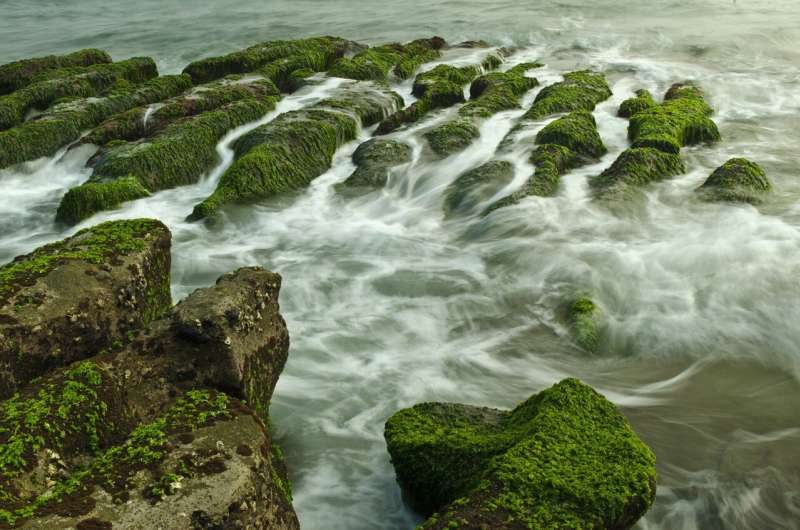Study reveals nonlocal population sources triggering dinoflagellate blooms in Changjiang Estuary and adjacent seas

The Changjiang Estuary and adjacent sea area suffer from frequent harmful algal blooms, exerting impacts on ecological environment and fishery resources.
About 60 percent of harmful algal blooms are caused by dinoflagellates. However, the population source of some dinoflagellates in this area remains unknown.
Researchers led by Prof. Yin Baoshu and Prof. Yu Rencheng from the Institute of Oceanology of the Chinese Academy of Sciences (IOCAS) explored the possible nonlocal dinoflagellate population sources to the Changjiang Estuary and adjacent seas.
The study was published in JGR-biogeosciences.
The Changjiang River runoff, the Taiwan Warm Current and the Kuroshio Current are important sources of nutrient input in the Changjiang Estuary and adjacent seas.
Researchers revealed that the Kuroshio Current provides not only nutrients, but also initial populations for harmful algal blooms. Although the nutrient input from the Taiwan Warm Current has little contribution to the harmful algal blooms, it can also serve as a population source for the dinoflagellate blooms in this area.
The research team constructed a coupled physical-biological model suitable for East China Sea, and combined an adjoint model with the coupled model for the first time. The simulated results revealed that dinoflagellate populations in the Taiwan Strait and eastern Taiwan are nonlocal cell sources of dinoflagellate blooms in the study area in May. The appearance time of the initial population in two non-local source areas affected the dinoflagellate biomass and bloom range in the study area.
The dinoflagellates biomass in the study area decreased significantly with the decrease of the initial population density in the Taiwan Strait, while it still maintained a high value when the initial population density decreased in eastern Taiwan. In other words, even a small initial population of dinoflagellate in eastern Taiwan could trigger a large-scale bloom in the Changjiang Estuary and adjacent seas.
This new discovery not only offers a new strategy to the prediction of algal blooms in the Changjiang Estuary and adjacent sea area, but also provides target domains for finding nonlocal dinoflagellate cysts.
More information: Lingjing Xu et al, Nonlocal Population Sources Triggering Dinoflagellate Blooms in the Changjiang Estuary and Adjacent Seas: A Modeling Study, Journal of Geophysical Research: Biogeosciences (2021). DOI: 10.1029/2021JG006424
Provided by Chinese Academy of Sciences




















